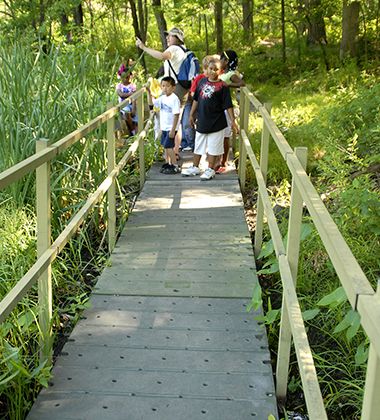If you’re a fan of Minneapolis parks you’ve almost certainly heard of David Smith, the man who literally wrote the book on our storied park system and now maintains a prolific blog on the same topic. We invited David to tell us a little more about himself and what makes our parks so remarkable.
When not writing about parks, what are you penning?
An extension of my writing about parks. Investigating the life of pioneering landscape architect H.W.S. Cleveland who featured so prominently in the story of Minneapolis parks. That research has taken me deep into early U.S. history – education, religion, commerce, architecture, agriculture, literature and a bit of diplomacy.
What got you interested in Minneapolis parks?
I’ve always spent a lot of time in Twin Cities parks, they were a significant part of my childhood on the east side of St. Paul. But my interest in the history of parks was spurred by a request for proposals from the Minneapolis Parks Foundation in late 2006 for a book about the history of Minneapolis parks to celebrate the 125th Anniversary of the creation of the Minneapolis Park Board. As a political science student, and observer of governments around the world, I was intrigued by how a city decided in its relative infancy to allocate resources to parks and public spaces.
What is your favorite park?
The Mississippi Gorge Regional Park, which I hope will soon be named, at least in part, for Horace Cleveland. That proposal is before the Minneapolis Park Board now. I also love Minnehaha Regional Park from the falls to the river. The city is so far away in that deep glen. The same is true for the Quaking Bog in Theodore Wirth Park.
Parks are sensory experiences, but we often think of them only in terms of what we see. What parks in Minneapolis have particular sounds, smells, textures/topography or even tastes that make them special?
The mist of Minnehaha Falls at full volume is notable. The relative silence in other places, such as the ones I just mentioned, is remarkable. As noteworthy as the sights in some parks is the sense in others that one can’t be seen. Walk to the bottom of Seven Oaks Oval to experience that.
The other sensory experience that too few people realize was created by the Park Board is the summer shade along city streets. The trees along most of our streets were planted, and are still cared for, by the Park Board. Most of Minneapolis was prairie before those trees were planted.
Who is an important or interesting parks person (historical or contemporary) that Minneapolitans don’t know about, but should?
One of the most interesting would be George Brackett. There is a park named for him in South Minneapolis, but I don’t think many people know how important he was in the city. He was behind nearly every movement to improve life in Minneapolis, from the fire department and many charities to parks. He came to Minneapolis as a butcher, made a fortune, lost it in the 1893 Panic, headed to Alaska for the Gold Rush and ended up building the first railroad over the mountains from Skagway to Whitehorse, but, broke again, returned to Minneapolis where he lived quietly. He was one of the founders of Lakewood Cemetery, too, and is buried there next to his close friend and better-known park activist, Charles Loring.
Another is a woman I’ve written about on my blog, the former director of playgrounds for the Park Board, Alice Dietz. She began working in a playground in the late 1910s and eventually became responsible for training and supervising the recreation staff at all city parks. Most interesting though was that she wrote, directed and staged the annual end-of-summer playground pageants at Lyndale Park up the hill from the Rose Garden. The pageants featured kids from every playground, usually wearing costumes they made themselves, and attracted two-night audiences of 40,000 to the hillside overlooking Lake Harriet.
What lessons from history do you think parks users, advocates and planners should consider today?
Preserve land, determine and adapt its use as society’s needs change. The other lesson is that great park systems can’t be built and maintained solely with tax dollars. Minneapolis parks, as well as parks everywhere else, have relied on private generosity and donations – of time, money, talent or passion – to prosper. We can’t expect our government to be better than we are.
What are you most excited about vis-a-vis the future of Minneapolis parks?
Riverfront developments at and above the falls offer exciting possibilities. Neighborhood parks will continue to adapt to serve local communities; the direction that takes will be interesting.
Photo Credits: Alice Dietz courtesy Minneapolis Park History; George A. Brackett sourced from Wikipedia; pageant and park photos courtesy MPRB

